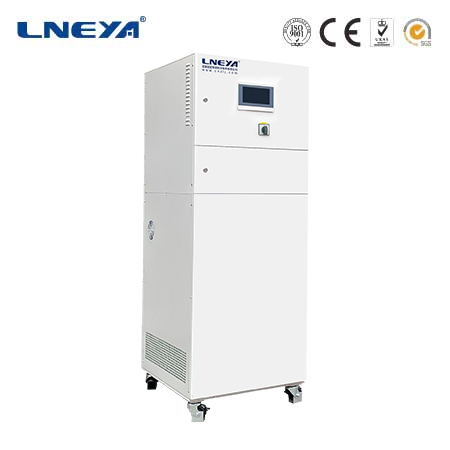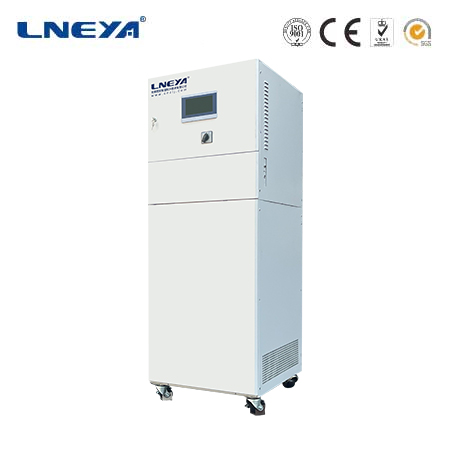water bath maintenance
Water Bath Maintenance: Ensuring Optimal Performance and Safety
Water baths are indispensable pieces of equipment in laboratories, playing a vital role in maintaining precise temperatures for a wide range of scientific processes, including sample incubation, enzyme reactions, and material testing. Proper water bath maintenance is thus crucial to ensure consistent results, extend equipment lifespan, and promote a safe working environment. Here’s a comprehensive guide to maintaining your water bath in optimal condition.

- Regular Inspections and Cleaning
Regular inspections should be part of your daily or weekly laboratory routine. Check for any visible signs of damage, leaks, or corrosion on the exterior and interior surfaces of the water bath. Additionally, clean the bath regularly to prevent the buildup of dirt, debris, and microorganisms that can affect temperature accuracy and compromise sample integrity.
Cleaning Procedure: Use a mild, non-abrasive cleaning solution designed for laboratory use, avoiding harsh chemicals that may damage the bath’s materials. Disconnect the power supply before cleaning and allow the water to cool down. Drain the bath, then use a damp cloth or sponge to wipe down the interior and exterior surfaces. Rinse thoroughly with clean water and allow the bath to air-dry completely before refilling.
- Water Quality and Management
The quality of water used in water baths is crucial. Distilled or deionized water is recommended to minimize mineral deposits and prevent corrosion. Regularly changing the water can help maintain water clarity and temperature stability.
Water Change Schedule: Depending on usage, set a regular schedule for changing the water in your bath. For high-usage applications, daily or weekly changes may be necessary. Monitor the water for discoloration or sediment build-p, which can indicate the need for a change.

- Temperature Calibration and Accuracy
Accurate temperature control is essential for reliable results. Regularly calibrate your water bath using a certified thermometer to ensure it’s operating within the manufacturer’s specifications.
Calibration Procedure: Follow the manufacturer’s instructions for calibrating your water bath. Typically, this involves placing a certified thermometer in the bath and comparing its reading to the bath’s display. Adjust the bath’s settings as needed to match the thermometer’s reading.
- Addressing Common Issues
Water discoloration, excessive foaming, and inconsistent temperatures are common issues that can arise during water bath use. Promptly addressing these issues can help prevent more significant problems.
Water Discoloration: Discoloration can be caused by mineral deposits, biological growth, or corrosion. Regular water changes and cleaning can help prevent this. If discoloration persists, consider using a water filtration system or consulting the manufacturer.
Excessive Foaming: Foaming can be caused by detergents or other contaminants in the water. Ensure you’re using clean, distilled water and avoid introducing any detergents or soaps into the bath.
Inconsistent Temperatures: Inconsistent temperatures can be due to faulty thermostats, dirty sensors, or improper calibration. Check the calibration, clean the sensors, and replace faulty components as needed.

- Preventive Maintenance
Implementing preventive maintenance measures can help minimize downtime and extend the life of your water bath.
Scheduled Maintenance: Set up a preventive maintenance schedule with your laboratory manager or equipment supplier. This should include regular inspections, cleaning, calibration, and any recommended repairs or replacements.
Storage and Handling: Store your water bath in a clean, dry environment to prevent damage from moisture, dust, or extreme temperatures. Handle the bath with care to avoid scratches, dents, or other physical damage.
- Safety Considerations
Safety is paramount when working with water baths. Always follow safety protocols, including wearing appropriate personal protective equipment (PPE) and ensuring the bath is properly grounded and ventilated.
Electrical Safety: Use the water bath on a stable, level surface and ensure it’s plugged into a properly grounded outlet. Avoid using extension cords or overloading circuits.
Thermal Hazards: Water baths can reach high temperatures that can cause burns. Use insulated gloves or tongs when handling hot samples or equipment, and keep children and unauthorized personnel away from the bath.
In conclusion, water bath maintenance is a vital aspect of laboratory operations. By regularly inspecting, cleaning, calibrating, and addressing common issues, you can ensure your water bath operates safely, efficiently, and accurately. Don’t forget to incorporate preventive maintenance measures and prioritize safety at all times.
Related recommendations
air cooled chiller manufacturers
294Air - cooled chillers are essential in numerous applications, from small - scale commercial setups to large industrial facilities. They offer a convenient and often cost - effective way to remove ...
View detailschiller capacity tons
406Understanding Chiller Capacity in Tons Chiller capacity is a critical parameter in the specification and selection of chillers for HVAC systems. It refers to the cooling capacity of a chiller, ...
View detailsHow many degrees does a 300 ton chiller usually need to be adjusted?
1095How many degrees does a 300 ton chiller usually need to be adjusted? The adjustment temperature of the 300 ton chiller unit varies depending on the specific situation and needs to be ad...
View detailsWhat if the compressor of the 2 ton water chiller cannot start?
1228What if the compressor of the 2 ton water chiller cannot start? The chiller compressor cannot be started, which can be investigated based on the following clues Firstly, check th...
View details
 LNEYA Thermal Test Chillers
LNEYA Thermal Test Chillers







HelloPlease log in